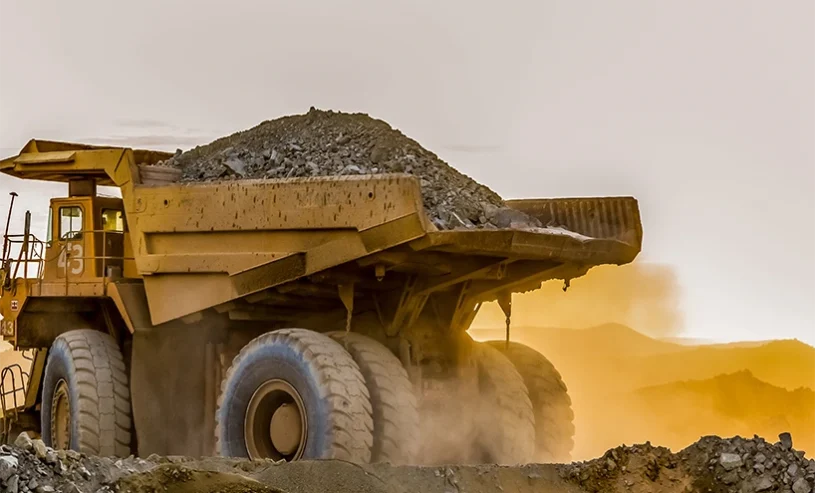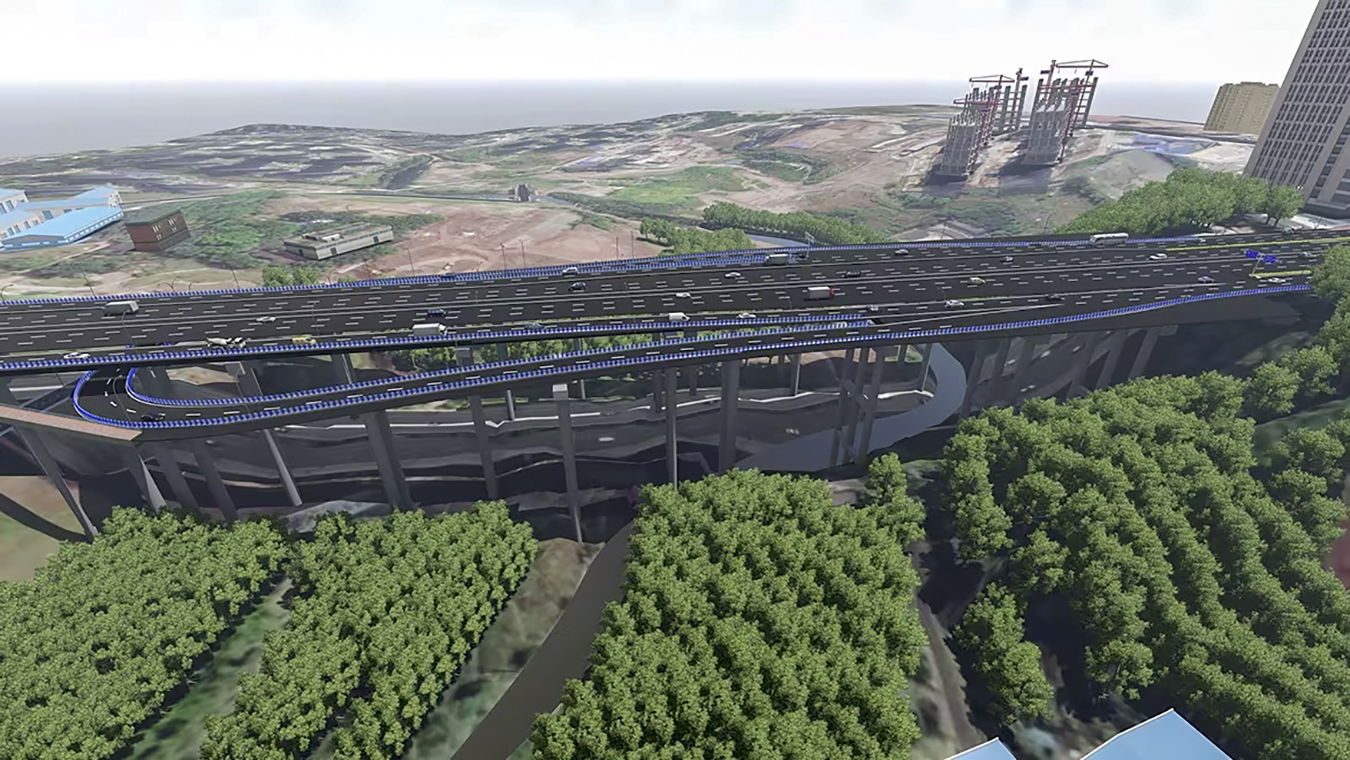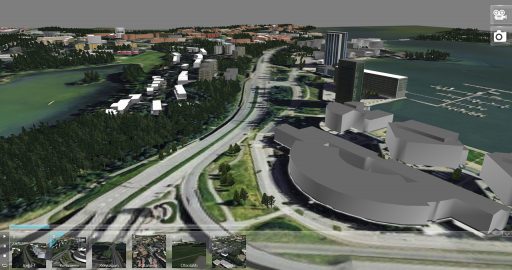
Introduction
In the digital transformation era, the mining industry is experiencing a revolutionary shift driven by advanced technologies such as Building Information Modeling (BIM). BIM not only optimizes planning and design processes but also enhances operational efficiency, resource management, and, most importantly, safety in mining operations
What is BIM?
BIM is an integrated technology that combines parametric modeling with data management systems, allowing the creation of 3D digital models of mining facilities. These models incorporate information on materials, schedules, costs, and operations, enabling stakeholders to analyze, optimize, and make data-driven decisions
Applications of BIM in Mining
Benefits
Challenges
The Future of BIM in Mining
In the future, BIM will integrate with cutting-edge technologies such as Artificial Intelligence (AI), the Internet of Things (IoT), and Digital Twins to enhance efficiency and sustainability in mining. BIM is set to play a key role in transforming the industry towards smart mining, optimized resource utilization, and reduced environmental impact
Conclusion
BIM is a game-changing tool that brings significant advantages to the mining industry, from boosting efficiency and cost optimization to enhancing worker safety. While challenges remain in its implementation, the continuous advancement of technology promises that BIM will become an essential standard in the future of mining




